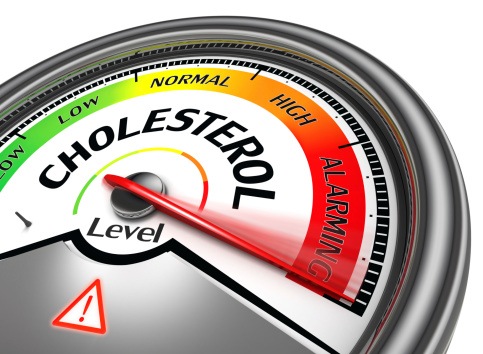
A literature review uncovered a significant scarcity of cost-of-illness studies on the economic impact of familial hypercholesterolemia (FH), non-familial hypercholesterolemia (non-FH) and mixed dyslipidemia. The dearth of data related to the financial impact of these conditions is notable given the link between high cholesterol and atherosclerotic cardiovascular disease (ASCVD); and as known, cardiovascular diseases pose a substantial economic burden worldwide. The findings of this review were published in PLOS One.
This literature search was performed using the Medline/PubMed and Embase database up to September 2020, focused on evidence published from 2010 onward. Inclusion criteria was defined as studies that were conducted on people who have been diagnosed with FH, non-FH, or mixed dyslipidemia, and reported on data pertaining to costs attributable to these conditions. The researchers identified a total of 1,260 studies, of which 103 were selected for full reading; overall, only eight met the criteria cut, and those eight studies were included in the analysis. The investigators used an observational design with a prevalence approach to assess the estimated the economic burden of CVD.
The analysis found that the direct cost estimates as annual average health expenditure on all populations ranged from $17 to $259 million. Few studies in the literature assessed the economic impact of hypercholesterolemia, and they noted that new investigations are needed to provide a more updated and reliable picture. They wrote that: “Despite this scarceness of evidence, this review adds important data for future discussion on the knowledge of the economic impact of hypercholesterolemia and costs of care associated to this condition, with important implication for public health researches and novel therapies implementation.”
Starting Points for Discussion
The study did have its limitations, most notably in the lack of retrieved evidence, and the differences in study design and variability in methods used to calculate of the economic impact of the disease affected the comparability among them. Also, most of the reports retrospectively used electronic databases that collated administrative data for general health purposes; thus, incompleteness of information could affect the reliability of data on hypercholesterolemic patients, the researchers noted. They further noted that many of these studies highlighted the lack of prevalence data on familial hypercholesterolemia, with a likely underestimation of its clinical and economic burden.
However, the researchers wrote that despite the limitations, their review “adds central points for future discussion on the knowledge of the economic impact of hypercholesterolemia and the costs of care associated to this condition and important insights to define new assessment of the burden of these conditions that are lacking. These data are the basic information required to guide healthcare decision makers in assessing the value of the available interventions and implementing the most valuables ones.”
The economic impact of hypercholesterolemia and mixed dyslipidemia: A systematic review of cost of illness studies https://t.co/gloY86qx7Y
— FAMILIAL HYPERCHOLESTEROLEMIA (@VuorioAlpo) July 13, 2021
They added that “overall, this systematic review provides an overview of the scarcity of available evidence and the different methods used for the reporting of the economic burden of hypercholesterolemia and mixed dyslipidemia. However, the current information were presented to inform and guide decisions around the planning of stakeholder involvement within future research, with important implication for public health sector and novel therapies implementation.”







 © 2025 Mashup Media, LLC, a Formedics Property. All Rights Reserved.
© 2025 Mashup Media, LLC, a Formedics Property. All Rights Reserved.